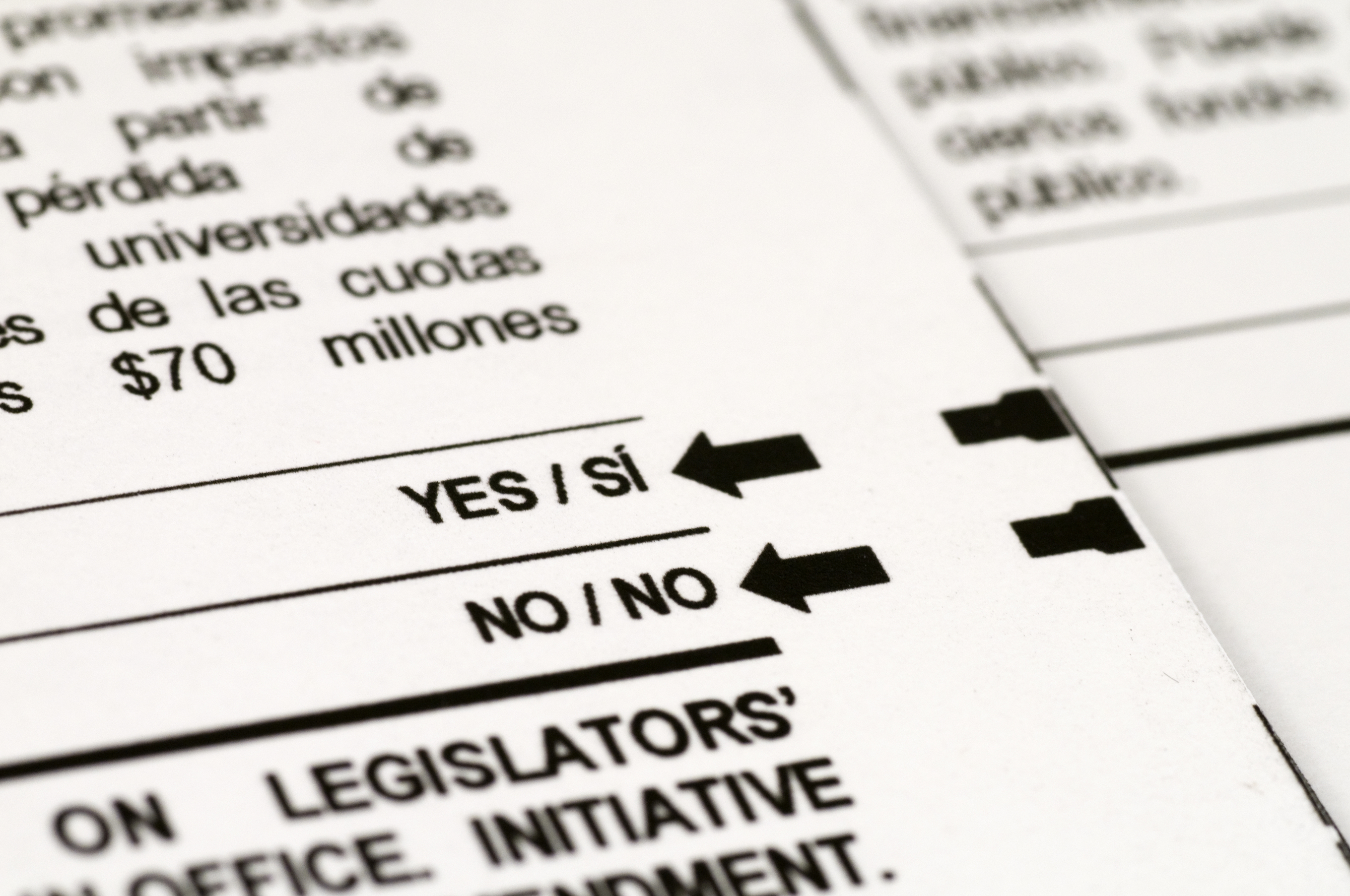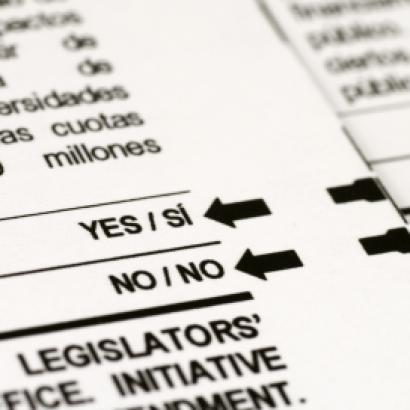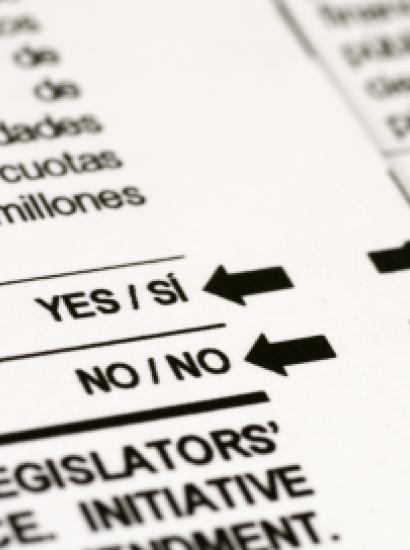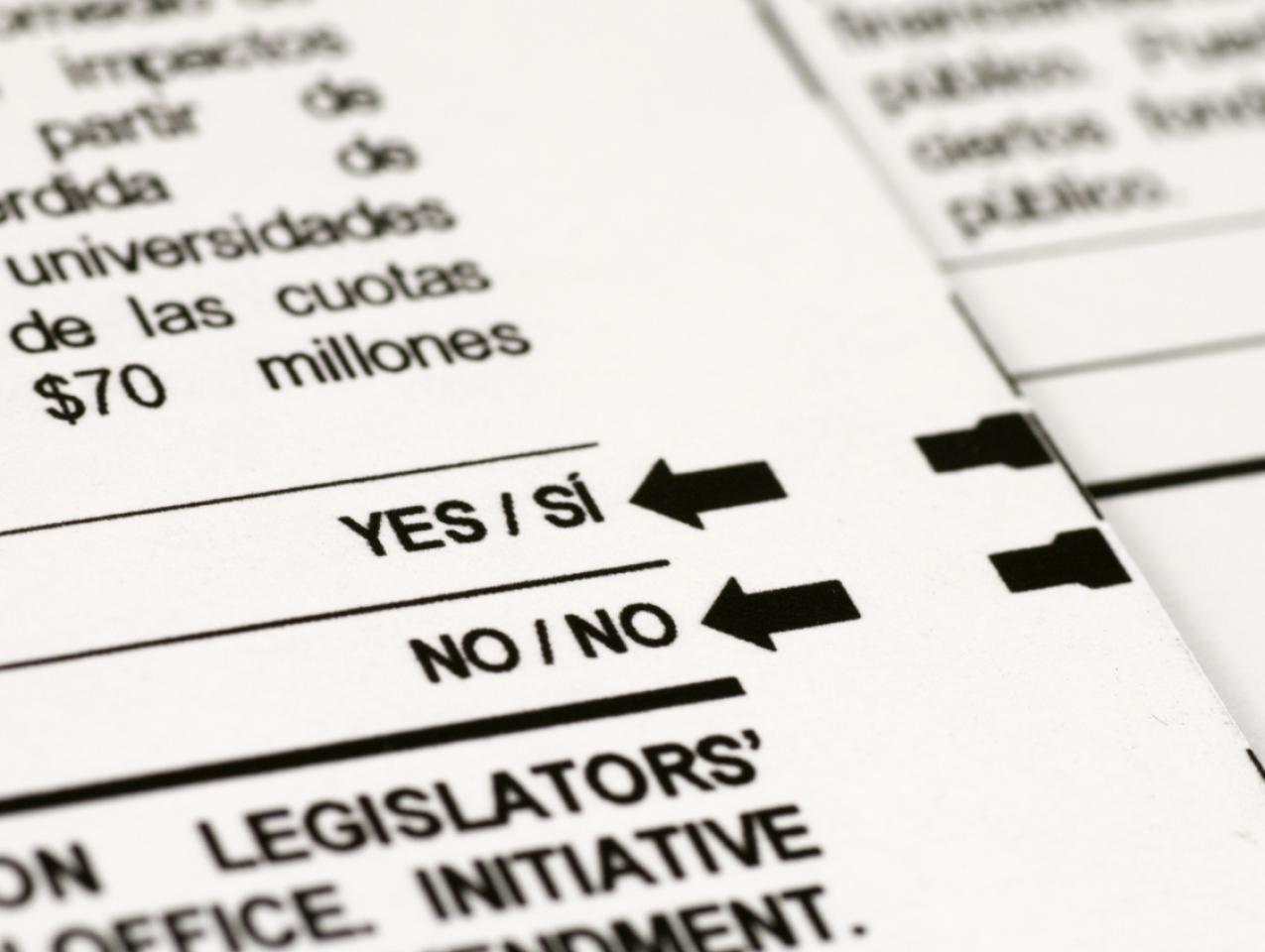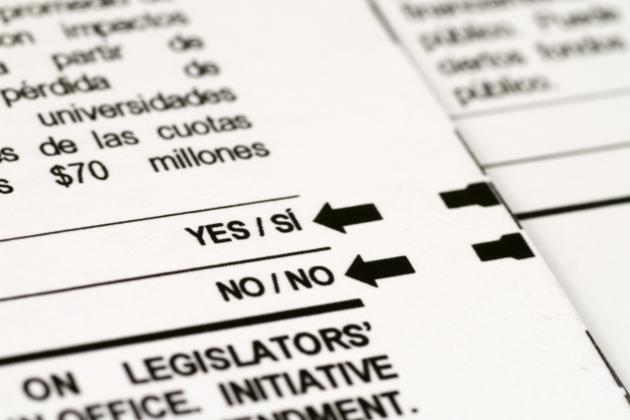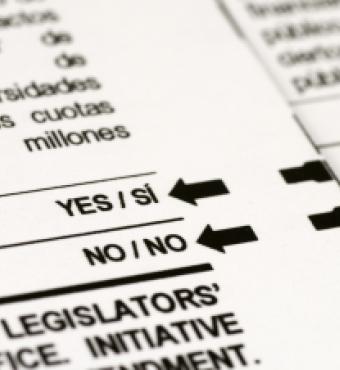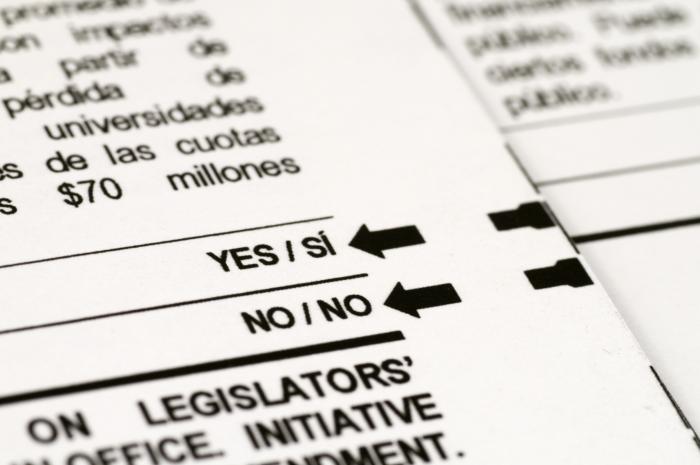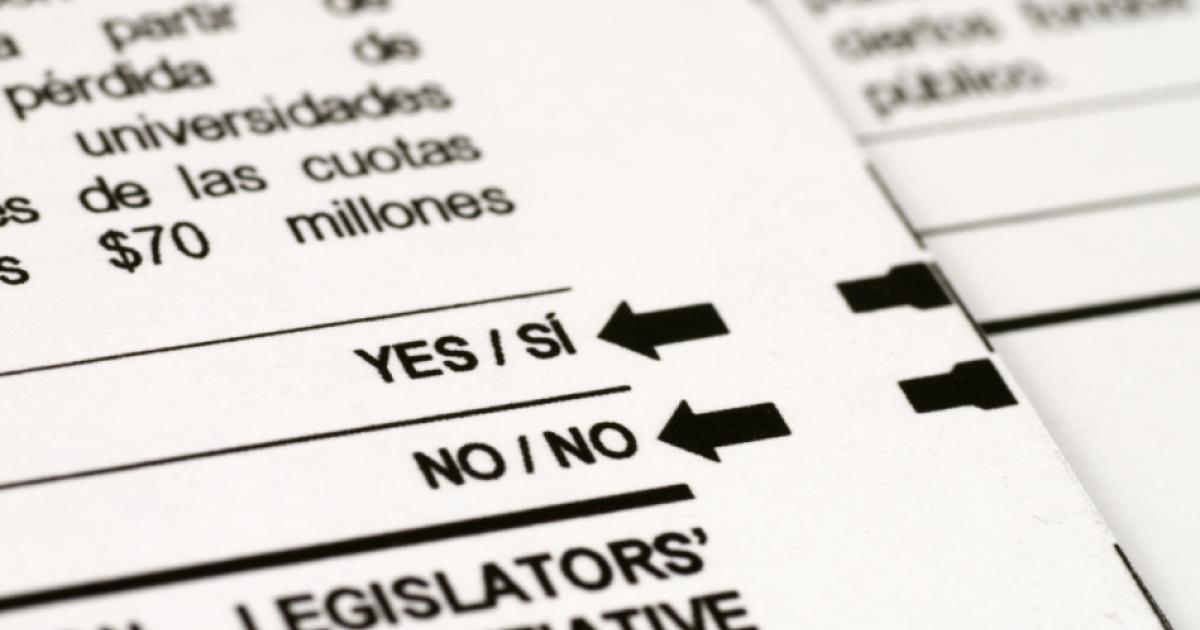- Politics, Institutions, and Public Opinion
- State & Local
- California
Public policy at its very core is functionally using government action (or inaction) to alter how people behave, in some form or another. This doesn’t necessarily means brute government force, i.e. bans, mandates, or government’s monopoly over violence, as using market mechanisms also strive to alter behavior. Behavioral changes can be as simple as stopping at red lights to ensure orderly vehicle movement or as complex as altering the incentives to alleviate the symptoms or causes for poverty.
The inherent battle in politics is answering three distinct, but connected questions.
- What is the appropriate behavior?
- Is it government’s role to be involved with changing said behavior?
- And what is the most effective (or least distortionary) way to alter that behavior?
The answer to those questions is more about ideological philosophy, so I won’t dive into that. Instead, I want to focus on the tools by which our political system goes about answering those questions.
Overall, our entire government process – regular and constant elections, a multi-tiered federalized system with judicial review, two competing legislative chambers and separation of powers, the legislative process of committee and full chamber votes, and gubernatorial or presidential vetoes – is designed to ensure these questions are answered via consensus and compromise by (at least, theoretically) individuals who have the time and ability to comprehend the intricacies and complexities of these three questions.
But there’s also another governance tool that lies outside the realm of the political process described above: the initiative system. Ballot propositions are essentially the opposite of how our structural, representative governance system was designed. The initiative isn’t about consensus building; it’s brute majoritarian rule.
And this has implications when ballot measures venture into forcing behavioral changes on Californians. Many of California’s most iconic ballot propositions were actually about altering government behavior. Proposition 13, for example, restricts how the government collects property taxes and passes new taxes. Proposition 98 mandates government spending minimums for education, tying their hands around the budgeting process. And more recently, Proposition 14 forced major election reforms on the political status quo. But 2016’s ballot is full of efforts to change Californians’ behavior; the most dominant being Proposition 56, Proposition 61, and Proposition 64.
The problem with each of these measures isn’t necessarily the behavior change they strive to alter – although those are worthy issues to debate – but whether the inflexible initiative system is the right tool to force those changes.
Proposition 56 – Reducing Smoking, Increasing Budget Holes
There’s little doubt that Proposition 56 will decrease smoking rates further in California. According to the Center on Budget and Policy Priorities, a 10% increase in the price per pack of cigarettes results in a 5% to 15% decline in smoking for those under the age of 18 and 3% to 7% decrease among adults. This is exactly the behavioral change Proposition 56 proponents want and few would argue that fewer smokers are a bad thing.
But the measure also dictates explicitly how the revenues collected from the tax must be spent. And as we know, initiatives are extraordinary difficult to amend or repeal, largely requiring another vote of the people to do so. This creates a paradox. Proposition 56 aims to fund ongoing programs. But it does so on a tax base that is specifically meant to get smaller. Thus, as Proposition 56 is successful, it will bring in less revenue, creating a budget hole that will require other funds, likely diverted from other programs, to fill the funding gaps.
Proposition 61 – Increasing Pharmaceuticals Demand, Decreasing Pharmaceuticals Supply
By imposing a price control, in effect a price ceiling, on pharmaceuticals purchased by the State of California for some of its government healthcare programs, Proposition 61 aims to lower drug costs for the state.
But based on historical experience, when it comes to price ceilings, such as the 1970s oil crisis and the resulting gasoline price ceilings or more commonly, rent control efforts, price ceilings create a surge in quantity demanded of the controlled good, while simultaneously leading to a drop in the quantity supplied of the controlled good. Despite government’s best efforts (or hopes), it is not immune to the law of supply and demand; nor do its policies have the ability to usurp it.
Proposition 61 will change Californians behavior, just not the in ways it intends. Pharmaceuticals will get more expensive and sparser.
Proposition 64 – Ending Prohibition, Tying the Legislature’s Hands
Evidence from Colorado’s recent legalization of recreational marijuana suggests that if there is an increase in marijuana use, it is small and might be fleeting (i.e. the initial legalization peaks interest among new users temporarily). At the end of the day, legalizing recreational marijuana is all about eliminating the black market and the serious problems its existence causes.
But while Proposition 64 will end prohibition, it may not actually eliminate the drug’s black market. The devil is in the details of the measure. Or rather, the devil is the details.
Proposition 64 is very specific in how the state must go about creating and implementing the regulated, legal marijuana market. Oddly enough, it’s actually too specific. Eliminating the black market rests on ensuring legal marijuana is a better price than black market competitors. But Proposition 64 sets in stone the tax levels to be levied on legal marijuana cultivation and sale. Those might be the right tax rates. But they also may be too high. We just won’t know until implementation occurs.
If the Colorado experiment with legalization has taught us anything, it’s that tinkering is a reality. And with the initiative system’s inflexibility, we’ll be stuck with what we’ve got if Proposition 64 passes.
In the last issue of Eureka, I laid out why it’s time to rethink California’s initiative system. Simply put, the system’s inflexibility means we are stuck with the good and the bad of approved ballot measures with few (if any) tools to fix or repeal the bad and update the good. This matters when we are using majoritarian rule – with an unquestionable lack of good information — to alter how people behave.

2016 PROPOSITION 56
California currently charges a $0.87 per pack tobacco excise tax on cigarettes; Proposition 56 would increase the tax by $2.00 per pack to fund various healthcare and anti-tobacco programs. In 2012, despite initially polling well, voters rejected Proposition 29, which would have increased the excise tax on tobacco products by $1.00 per pack. Proponents hope their arguments – reducing smoking rates and reducing healthcare costs – work to overcome the general concerns about increasing cigarette taxes – i.e. their regressivity and being a declining revenue source for ongoing government programs.







